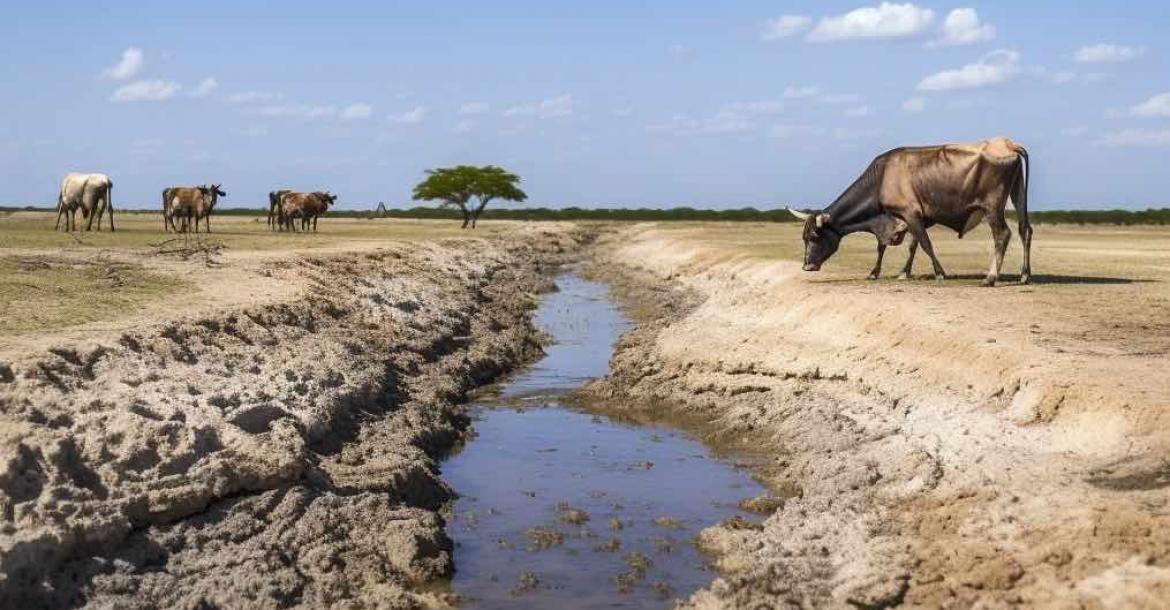Potential Impacts of a Super El Niño on Belize's Economy and Agriculture
In summary, a Super El Niño event could have significant effects on the agricultural economy of Belize, leading to potential inflationary pressures and challenges for key sectors like livestock, poultry, and major crops like oranges and bananas. It's essential for the agriculture sector to implement strategies to mitigate these potential effects, and for policy makers to provide support where needed. It's also crucial to remember that precise outcomes depend on many variables, including the severity of the El Niño event, the response strategies employed, and other economic factors.
A super El Niño event, characterized by unusually warm ocean temperatures in the Equatorial Pacific, is predicted to occur this fall. The event is expected to bring significant climatic shifts across the globe, including Belize and the wider Caribbean region.
El Niño typically results in decreased rainfall in this region, possibly leading to drought-like conditions during the fall and potentially extending into winter. These drier conditions could be coupled with higher than usual temperatures, leading to increased evapotranspiration and further contributing to water scarcity. On a positive note, El Niño events usually suppress Atlantic hurricane activity due to increased wind shear, potentially meaning fewer or less severe hurricanes affecting Belize.
In the context of Belize's agriculture, a super El Niño could have profound impacts. Reduced rainfall and higher temperatures could significantly affect crop growth, especially for rain-fed agriculture such as corn and soybeans, which constitute primary feed for livestock and poultry. This could lead to crop failures and consequential feed scarcity, resulting in increased costs for animal farmers and potential downsizing of livestock herds or poultry flocks. Ultimately, meat prices may rise, affecting consumers and potentially leading to inflation in food prices.
Fruit crops like oranges and bananas, major agricultural exports for Belize, are also at risk. Drier conditions can cause a decrease in fruit size and quality, and stress the trees, making them more susceptible to pests and diseases. Similarly, bananas require substantial water, and drier conditions could reduce yields. Higher temperatures can also cause faster ripening, which can disrupt harvesting and shipping schedules.
In addition to local food supply issues, decreased agricultural output could also impact Belize's national economy. A decline in the export of agricultural products like oranges and bananas, coupled with an increased demand for food imports, could potentially lead to broader inflationary pressures. Higher food prices could especially strain low-income households, where a significant portion of the income is spent on food.
To mitigate these potential effects, strategies such as shifting planting times, selecting drought-tolerant crop varieties, investing in irrigation infrastructure, or considering crop insurance options need to be explored. Diversifying agricultural production, investing in soil and water conservation measures, and implementing policies and practices that enhance overall ecosystem health and resilience are long-term solutions for building a resilient agriculture sector in the face of such climatic events.
It is crucial to remember that these are general expectations, and actual outcomes may vary. The exact impacts will depend on many variables, including the severity of the El Niño event, the response strategies employed, and other economic factors. Local meteorological services and regional climate centers remain the best sources for the most current and specific forecasts.
- Log in to post comments

